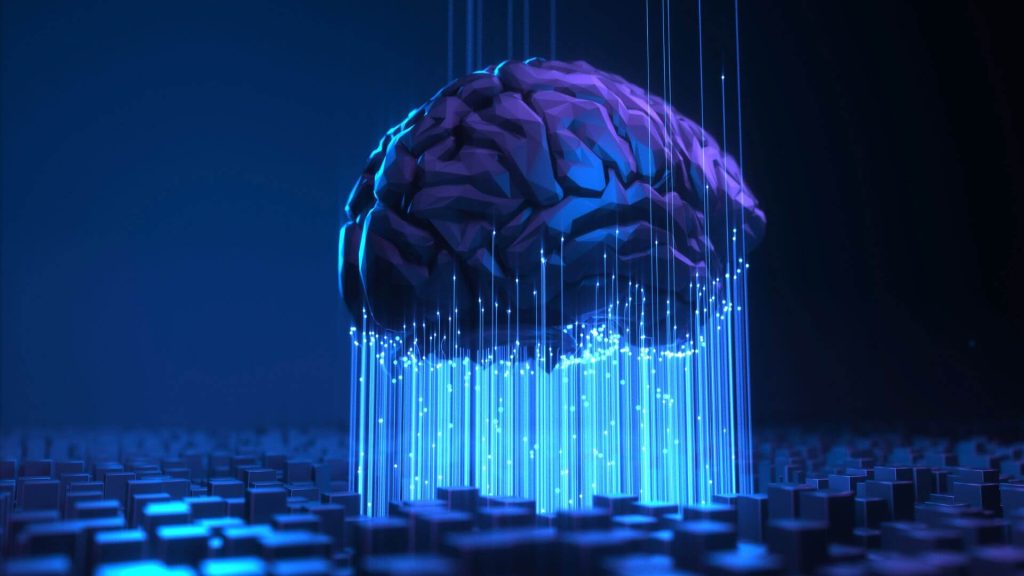ChatGPT is a powerful language model developed by OpenAI that has the ability to generate human-like text based on the input it receives. It has been used in a wide range of applications, from chatbots and language translation to content generation and language understanding. However, as with any technology, there are risks associated with using ChatGPT. In this post, we will discuss five of the main risks associated with using ChatGPT, and why they are important to consider.
- Bias in the training data: One of the main risks associated with using ChatGPT is that it is trained on a massive dataset of text from the internet, which may include biases and stereotypes that are not reflective of real-world diversity. This can lead to the model producing biased or discriminatory responses, particularly when it comes to sensitive topics such as race, gender, and sexuality. For example, if the model is trained on a dataset that contains a disproportionate amount of text written by men, it may generate text that reflects a male perspective and may contain biases against women. This could lead to the model producing responses that are discriminatory or offensive, which could be damaging if the model is used in applications where it interacts with people.
- Lack of context: Another risk associated with using ChatGPT is that it lacks the ability to understand the context in which the input is given. This can lead to the model producing irrelevant or nonsensical responses, particularly when the input is ambiguous or incomplete. For example, if the model is asked a question about a specific topic, but the input does not provide enough context for the model to understand the question, it may generate a response that is completely unrelated to the question. This could lead to confusion and frustration for the users of the model, and could potentially result in the model providing incorrect or misleading information.
- Misinformation: Since ChatGPT is trained on a dataset of text from the internet, it may inadvertently propagate misinformation that is present in the training data. This can be particularly problematic when the model is used to generate content for news articles, social media, or other platforms where misinformation can quickly spread. For example, if the model is trained on a dataset that contains false information about a particular topic, it may generate text that contains that false information. This could lead to the dissemination of misinformation, which could have serious consequences in fields such as health and politics.
- Privacy concerns: ChatGPT is a powerful tool for natural language processing, and it has the potential to be used for a wide range of applications. However, the use of such a tool also raises concerns about privacy, as the model may be able to access and process sensitive information about individuals. For example, if the model is used in a chatbot application, it may be able to access personal information about users, such as their name, address, and phone number. This information could be used for nefarious purposes, such as identity theft or targeted advertising. Additionally, the model may be able to process sensitive information such as medical records, which could have serious consequences if the information is mishandled.
- Lack of interpretability: Finally, another risk associated with using ChatGPT is that it is a complex model that generates text based on patterns it has learned from the training data. However, it is difficult to understand how the model is making its decisions, and the text it generates may not always align with human intuition. This can be a concern when the model is used in applications where transparency and interpretability are important, such as in healthcare or finance. For example, if the model is used to generate medical diagnoses or financial advice, it is important to understand how the model arrived at its decisions, so that the advice can be validated and trusted.


